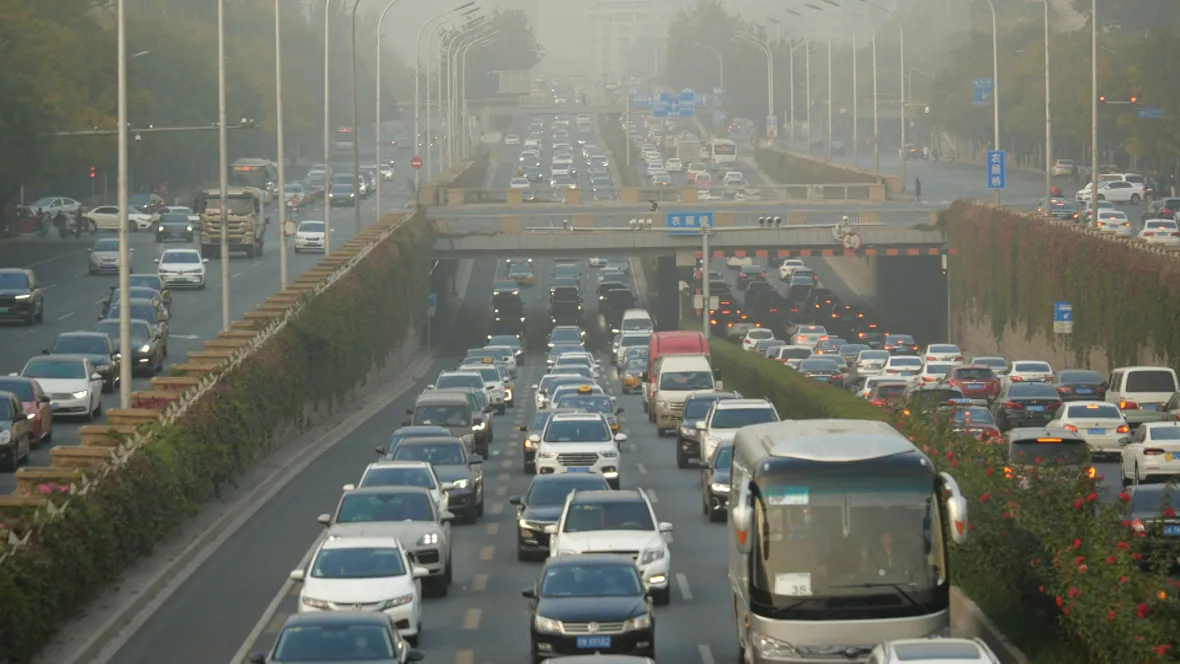
Data-Driven EnviroLab has received a $10,000 Faculty Development Grant that will allow the group to assess how overseas infrastructure investments from China affect land use in Southeast Asia.
Urban growth is rapidly advancing in Southeast Asia – nearly half of the world’s urban expansion through 2030 will take place in Asia – and this trend will have profound environmental impacts on the region and the world. Southeast Asia has also experienced a surge in cross-border trade and investment, and there is growing evidence that economic globalization has local land-use impacts. Urban population growth and agricultural product exports, for instance, are found to be associated with tropical deforestation.
Major overseas investment projects like China’s Belt and Road Initiative (BRI), a $5 trillion development initiative, seeks to inject billions of dollars into Southeast Asian countries with large, yet unknown, impacts on urban expansion and other land-use changes. These processes, known as urban land teleconnections, can have lasting impacts on land-use change. For example, when new urban areas are built, increased demand for raw materials may lead to land-use change in remote areas.
Assessing Southeast Asia’s predicted urban expansion to determine the drivers of this growth is integral to creating informed urban sustainability policies and planning processes. DDL’s research will use remote sensing data to create detailed maps, new datasets, and case studies for four key countries in Southeast Asia (Myanmar, Viet Nam, Laos, and Cambodia) to investigate how overseas investments from China through efforts like the BRI and other infrastructure investments affect land use in Southeast Asia. Specific goals include:
1) to characterize urban land-use change as a result of BRI;
2) to characterize land-use change for resource extraction to support urban expansion and BRI;
3) to understand the role of international capital as a driver of urban infrastructure development and land-use change, both urban and agrarian;
4) to develop a better understanding of the complex drivers of land use beyond population and GDP growth to include cross-border migration and capital flows.

Recent Comments